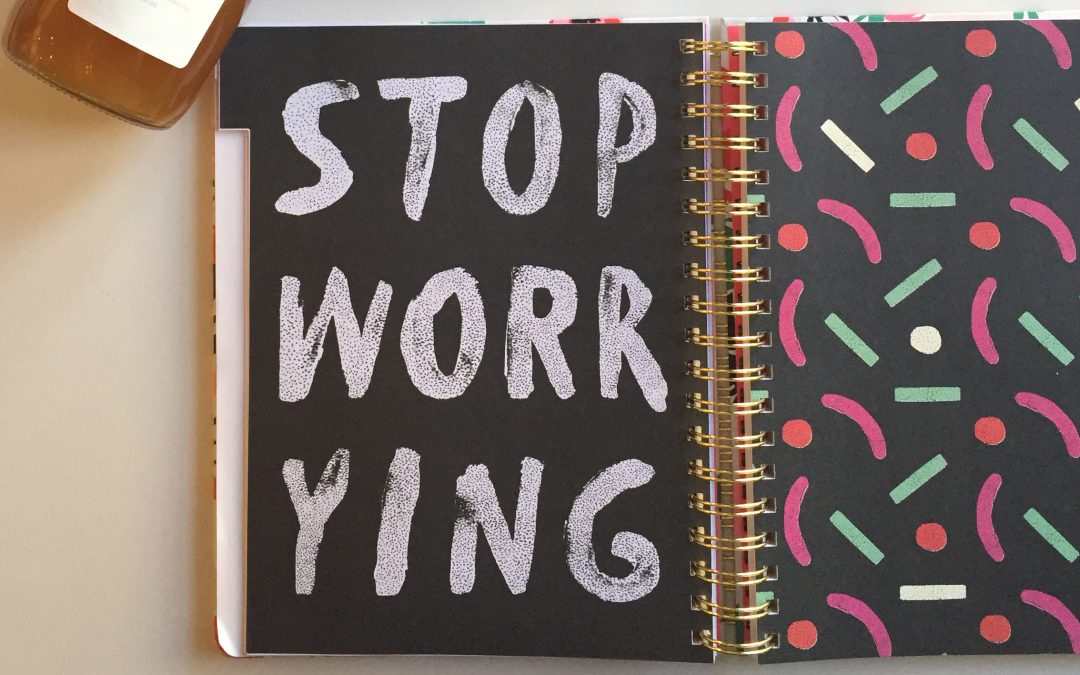
by Rachel Dukeman | Jul 11, 2017 | Action Planning, Design, Entrepreneur, Mindfulness
Your work space is important. It can dictate your productivity and vastly improve your mood. After dozens of projects with dozens of clients and three years in the same office, I’ve decided to actualize my daydreams and seek out the perfect office space.
I have been craving a comfortable, usable space that would inspire my creativity and embody my passions. I wanted a space to myself that is specifically designed for getting work done efficiently. I needed a space that was conducive to my entrepreneurial lifestyle. For me, that meant a window, a big desk, a “zen den,” and a small space for lunch meetings and quick brain breaks.
After searching for weeks, I have finally found the dream spot. I am relocating to Southwest Center City next week!
As you may know, I am passionate about balance and mindfulness. In packing up my old office and preparing my new one, I have discovered a few interesting lessons about usability and work habits that I hope will inspire you to think about your work space.
1. Clutter is NOT the answer
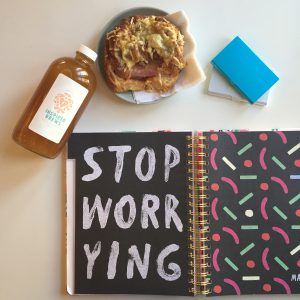
Clutter is always the paper note-taker’s biggest problem.
I am a big note taker, and I often lead strategic brainstorm sessions, board retreats, and focus groups. My notes provide me with every tool I need to propose smart solutions to strategic problems, but they also leave behind a war path of clutter.
Do you know these giant Post-Its? I usually bring two pads with me to each of those meetings. And as I started packing up my space, I realized that my office was hiding tons of old Post-Its, notes, journals, and legal pads full of ideas I had executed long ago.
When you finish with a scrap of paper, recycle the paper. You’ve already executed your best idea from that page of notes, so it is highly unlikely that you will use any leftover ideas. However, it is very likely that you will feel light and unencumbered when you walk into your open, de-cluttered office each morning.
2. Natural light can go a long way for fostering creativity

Imagine how creative you could be if you worked next to a floor-to-ceiling window every day…
My old office had a small window that was always a highlighted feature for me. I had all of my meetings next to the window, ate lunch near the window, and even decorated the window sill with plants to add extra green to the space.
When searching for a new space, I recognized that I was craving the natural light that a bigger window would provide. Just as going for a walk can help us relax our minds, natural light helps me clear my head and consider new perspectives on strategic problems. For me, natural light has been crucial to setting myself up to get into my most creative mindset.
3. The newest necessity for anyone working on cross-country teams: no-assembly-required professional backdrops for video calls

Sometimes all it takes is a clean workspace behind you, other times you need to get a little more creative.
I pride myself on my professionalism, but I also like to work in the heart of Philadelphia. I may not be able to control the sounds of the city that sometimes sneak their way onto my calls, but I can control the backdrop during a video conference. Considering this fine detail when upgrading your office space is an easy way to take your professionalism game up a notch.
When choosing a backdrop, be resourceful and intentional. Find something visually appealing but not distracting. Sometimes all you need is a clear floor space. For those of you decorating a wall, don’t underestimate the power of an old tapestry!
4. Recognizing your rhythms – zen dens, couches, and a whole lot of whiteboards
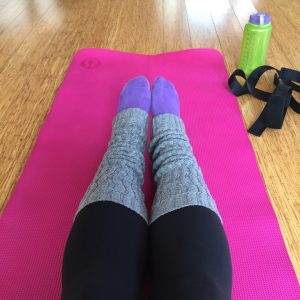
Namastay in the office …and still get a mindfulness break!
Everyone has a work rhythm, and paying attention to yours could be the trick for enabling yourself to access your best work.
For me, I am an early bird and a night owl. But that 3pm timeframe kills me. So for early mornings and late nights, I need a large desk with space to spread out and a few whiteboards for hammering out the details for my big ideas. Then for that one-hour block in the afternoon, I need my work space to include a place for short brain breaks: maybe a little space for yoga, a “zen den” for meditation, or a couch for recharging.
Figure out what you need, and build it up around you. Ultimately, your office space should should fit your work needs. In essence, it should set you up to become your most productive, most creative self.
I hope you’ll come visit my new space at 2216 South Street!

by Rachel Waxman | Apr 28, 2017 | Action Planning, Entrepreneur, Mindfulness, Strategy
A while ago a friend of mine said to me, “I’ve had a mentor for everything I’ve done in my life… So why would pregnancy be any different?” Now, months later, my friend has a baby…. And I can see that she was exactly right.
This is hardly a novel concept, there are plenty of articles about the importance of mentorship for advancing your career. What I’m learning is that mentors can be helpful for more than just career decisions. You could have a mentor to help when buying your first house, a mentor for leading better presentations, or a mentor to consult about a serious relationship. Here are some of the many ways mentors could be huge value adds in your life…
1. You Don’t Need to Reinvent the Wheel
Chances are someone has already successfully done the thing you’re trying to do. And those are the people you should consider when looking for a mentor. Go out, find them, and ask how they did it. If you take advice from those you admire and then attempt to follow in their footsteps, you’ll likely achieve the same successes.
2. Build Valuable Skill Sets Today
…Even if you won’t need it until later. Recently, I’ve been asking mentors for specific advice on specific things and I’ve found it really rewarding. In fact, I keep imagining what a strong professional I’ll be in five years if I keep practicing these skills now. And that includes the skills that aren’t directly related to my current job role!
3. Serious Validation
A mentor can validate your work in ways that your friends and your family cannot. They’ll be honest when you’re doing well, and they’ll be honest when you need to improve. Great mentors may even lead you on the path to improvement and show you specifically how to get there.
Finding a Mentor
Now that you’re sold on how a mentor could provide value in your professional and personal life, let’s talk about finding one.
First, find people who inspire you. Use whatever tools you’ve got! Subscribe to blog posts, podcasts, LinkedIn posts and Instagram feeds of people whose work you admire. I’m a big reader, so I queue up influential books I hope to read on the Good Reads app.
Next, see if anyone you know can make an introduction between you and one of these people you admire. Most likely, this method will get you a response.
However, if you can’t get an intro, send an email or LinkedIn message out of the blue. A genuine message about something specific is hard to ignore. Something like, “I am so impressed with how gracefully you spoke on that panel last week. Your words about failure really resonated with me, and have since inspired me to think more carefully about how to get my own business off the ground. I’d love to pick your brain and hear more of your story. Do you have any time to grab coffee next week?”
Lastly, always make the coffee/lunch ask! Worst case scenario: they don’t respond. Best case scenario: they’re flattered and excited to meet you. (Please note: being ignored really is the worst case scenario. No sane human would ever respond negatively to a kind message that compliments their work.) It doesn’t always work, but you have nothing to lose by trying!
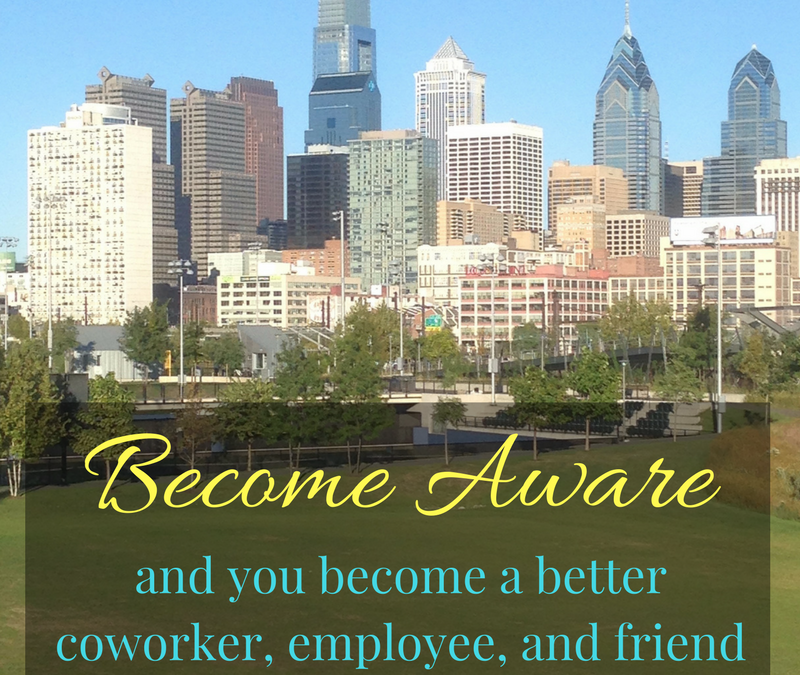
by Rachel Waxman | Dec 19, 2016 | Mindfulness
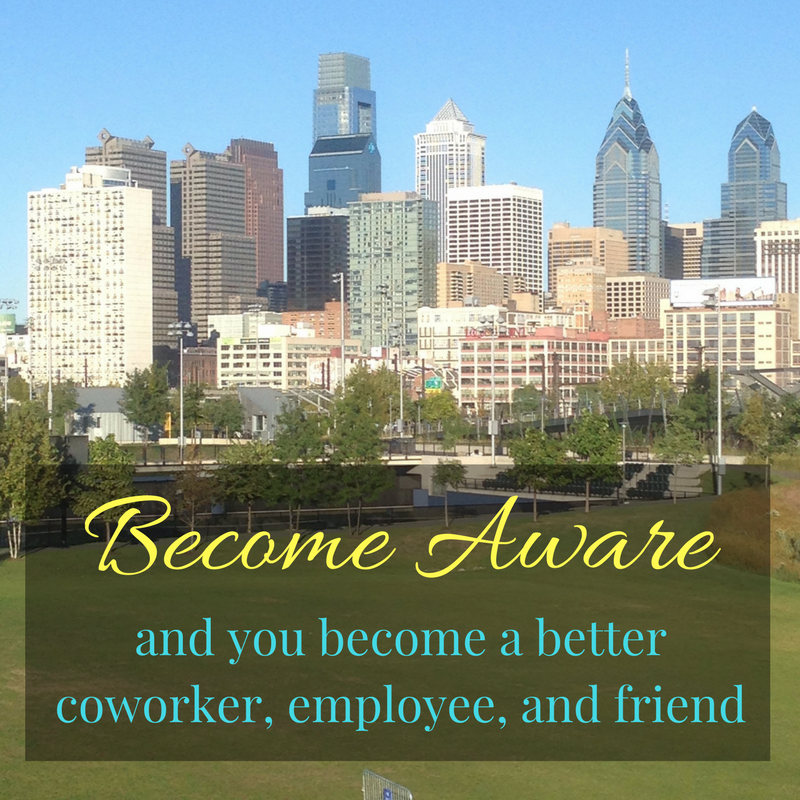
Mindfulness is all the rage right now, and I swear it is the only thing enabling my productivity these days. Before I began practicing mindfulness, I would waste hours stressing out and over-thinking almost every decision I had to make. Decisions that should be minor — like what to eat or what to wear — would take me forever. So you can imagine how long my work would to take me! (In fact, even reaching the realization that I was wasting time on minor decisions would have been impossible before I began practicing mindfulness.)
So what is all the hype about? What IS mindfulness?
It’s an overarching awareness of all the things happening within and around you. It’s the ability to focus on what’s happening in the moment. It’s the understanding of how you feel or what’s really bothering you in any given time. It’s the acknowledgement of the full scope of events happening around you: what’s causing the people around you to act the way they’re acting and say the things they’re saying. Essentially, mindfulness is emotional intelligence. And once you harness it, you’ll be much more efficient.
Ok, fine. So mindfulness is actually more than just a fad. But how do you start practicing it?
First, you’ve gotta make time to calm down. And second, you’ve gotta stick to your guns and make it a priority to give yourself that cool down time. (Psst we wrote another blog about how to prioritize things well.)
For some reason, many people I speak to are scared of meditating. I get it, I’ve been there. But taking that leap of faith was SO worth it for me, especially once I realized that I’d actually been meditating for years unknowingly. My “meditative” practice began years ago with long walks home from work, getting lost in the ballsy lyrics and strong beats of my Current Faves playlist (way back before Spotify). Walking to the beat of the music and jamming in my head gave me the mental space to cool down after a long day. During those walks I was able to process the feelings I had in the office and the true intentions behind the actions I took throughout the day. Those walks ultimately helped me recognize how I could improve my work and my attitude in the future.
Creating that space to calm down and process things without distraction has helped me become immensely more productive at work. When I’m calm and focused, I always come up with my best ideas and I’m usually able to get my best work done at the fastest rate.
Mindfulness doesn’t always necessitate meditation, but you can’t become mindful until you’re comfortable slowing down. Focus on the current moment, eliminate distractions, put your phone away. If meditation seems intense, try going for a walk by yourself and listening to the kind of music you can get lost in (for me it’s the self-titled album from The 1975 or Robyn’s Body Talk).
As I became more advanced in my mindfulness, I learned to the “meditative” state I once got from walking-and-jamming without having to walk-and-jam. Now I can find a mental calm – and thus, a mental clarity – at the gym, at my desk, or in quiet yoga studios. When I get distracted, my mindful practices help me quickly recognize that my thoughts have drifted so I can refocus on whatever task I’m working on – whether it’s pushing myself at the gym, meeting a deadline at my desk, or balancing on one leg in a yoga class.
This ability to slow down has given me the mental space to recognize what’s really happening all around me. It’s forced me to stay mentally present throughout the day, which has made me WAY more productive at work. But most importantly, it’s made me significantly more understanding of the people around me, so I’ve become a more emotionally-aware coworker, employee, and friend.








